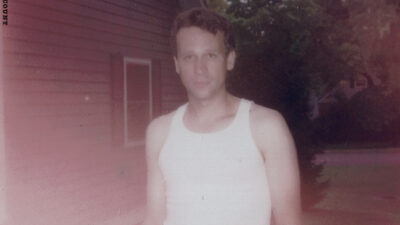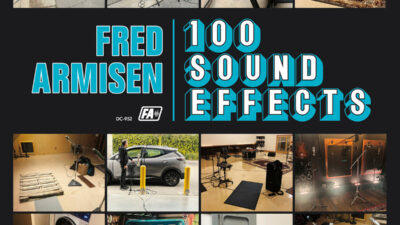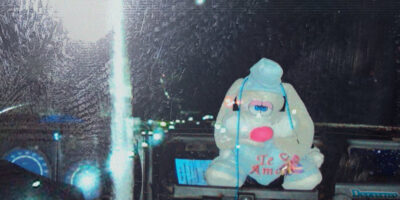Genre: Progressive Metal, Sludge Metal
Favorite Tracks: “Front Toward Enemy,” “Anchor’s Lament,” “Throw Me an Anchor,” “Emmett – Radiating Light,” Broken Halo
Outside of Deafheaven, and maybe Mastodon at their peak, few metal bands have been fought over by metal purists and cool, in-the-know music snobs as much as Baroness—who can get in the most lustful tongue-licks and hagiographic masturbation sessions disguised as reviews? Most of said sessions have been well earned by all three, but Baroness is the one that has always stunned me in how they’ve distracted listeners from their obvious flaws. On GOLD & GREY in particular, you see the intention and artistry behind each of those flaws, but that’s not enough to make up for the worst production of the band’s entire career.
Let’s start with some positives, because there are plenty. Despite how much praise they get, Baroness’s guitar-playing abilities still manage to be underrated, and these are some of the sharpest tempo changes and most satisfying solos since THE RED ALBUM. Newcomer Gina Gleason, who has worked with everyone from Cirque de Soleil and Santana to The Smashing Pumpkins and tribute bands for Metallica and King Diamond, continues to make the case that she is a true musical chameleon, taking over as lead guitar and making it seem like nothing has changed. The unrelenting deluge of solos and dual-shredding in the bridge of “Seasons,” the “Everlong”-esque chomping that opens “Broken Halo,” it’s all here and it’s all glorious—Mastodon are kicking themselves for not coming up with the orgasmic, zig-zagging lead of “Borderlines” first.
Speaking of Gleason, vocal harmonies and developed arrangements are nothing new for Baroness, but they were usually relegated to more ethereal, languid tracks like “Twinkler” and acoustic songs like “Steel that Slaps the Eyes.” Gleason contributes thicker, more prominent backing vocals here, and it’s certainly to the album’s benefit. John Baizley’s imposing howling is hard to match, but he’s not the most diverse performer and Gleason’s presence injects new dimensions into the singing. She holds her own on “I’d Do Anything,” “Borderlines,” “Cold Blooded Angels” and especially “Emmett – Radiating Light,” a haunting, Opeth-esque ballad with dramatic pianos and the chime of bells that is the clear highlight of the album. It’s nice that Baroness can still deliver an intimate, gothic acoustic song like this after PURPLE lacked any.
Sadly, it’s also one of the few times where Baizely’s clear vocal fidelity is anything close to consistent. Baroness albums have a history of shaky production, but GOLD & GREY combines the apathy towards good fidelity on YELLOW & GREEN with the blackwalling and overcompression of PURPLE. David Friedman has produced for plenty of bands that focus on deep mixes and unique textures, such as Mogwai, Black Moth Super Rainbow, and Tame Impala, so I know he can do better. This is embarrassing bordering on amateurish. It’s different from other heavier material he’s produced, such as Thursday’s A CITY BY THE LIGHT DIVIDED, because that record’s problems were singular; it was too front-loaded and loud, sacrificing any depth for pure anthemic power.
GOLD & GREY has similar issues. The rhythm guitar is over-emphasized to the point of drowning out everything else, sounding really craggy. On the other hand, even when there are points where everything can be heard, the layering makes no sense or the fidelity is wildly inconsistent. Baroness have used these sorts of techniques before to emphasize a cathartic, intense moment, and it’s fine for the frenzied openings of “Throw Me an Anchor” and “Broken Halo” to have a raw, unkempt sound quality. However, there’s no excuse for how awful the album sounds apart from these moments. The fizzy synth accents sound even worse than they did on GREEN, the guitar swamps everything out with speaker-destroying distortion, and the cymbals crack with irritating frequency.
Smooth flow was one of Baroness’ specialties. As a band that would release albums with nearly as many instrumentals as actual songs, this is very important, and GOLD & GREY is no different, with six instrumentals in its tracklist. Never before have these sounded more like the Aphex Twin-pastiche that Dillinger Escape Plan slips in on albums, failing to quite fit into the record’s flow. The almost punk-like “Can Oscura” gets the closest despite the angelic choir halfway through, but that doesn’t make up for the languid finger-picking of “Crooked Mile” that sounds way too clean and gussied up, or the popping beat and wiry jaggedness of “Assault on East Falls” that is a horrible choice to chaperone in the final song. The awful production also adds to the poor flow, because too many songs go for these huge climaxes with horrible compression and overloaded soundscapes clashing against one another. Four of the first seven songs on the album should not have moments like these, and it’s exhausting to listen to as a result. It feels a lot longer than it actually is—I was stunned to find out it wasn’t longer than YELLOW & GREEN.
GOLD & GREY is rumored to be Baroness’ last color album, and this is almost a perfect record to end that series. There’s plenty of clear instrumental talent here, a lot of ambition when it comes to merging the riffs of indie rock and post-punk with the heaviness of metal or even shoegaze, and a restless creativity in regards to texture and songcraft. However, the production quality has been sacrificed for said creativity, and it’s leaking out into other areas and hurting them too. Even if all the bad production elements are intentional, that doesn’t stop them from being bad.
















Comments